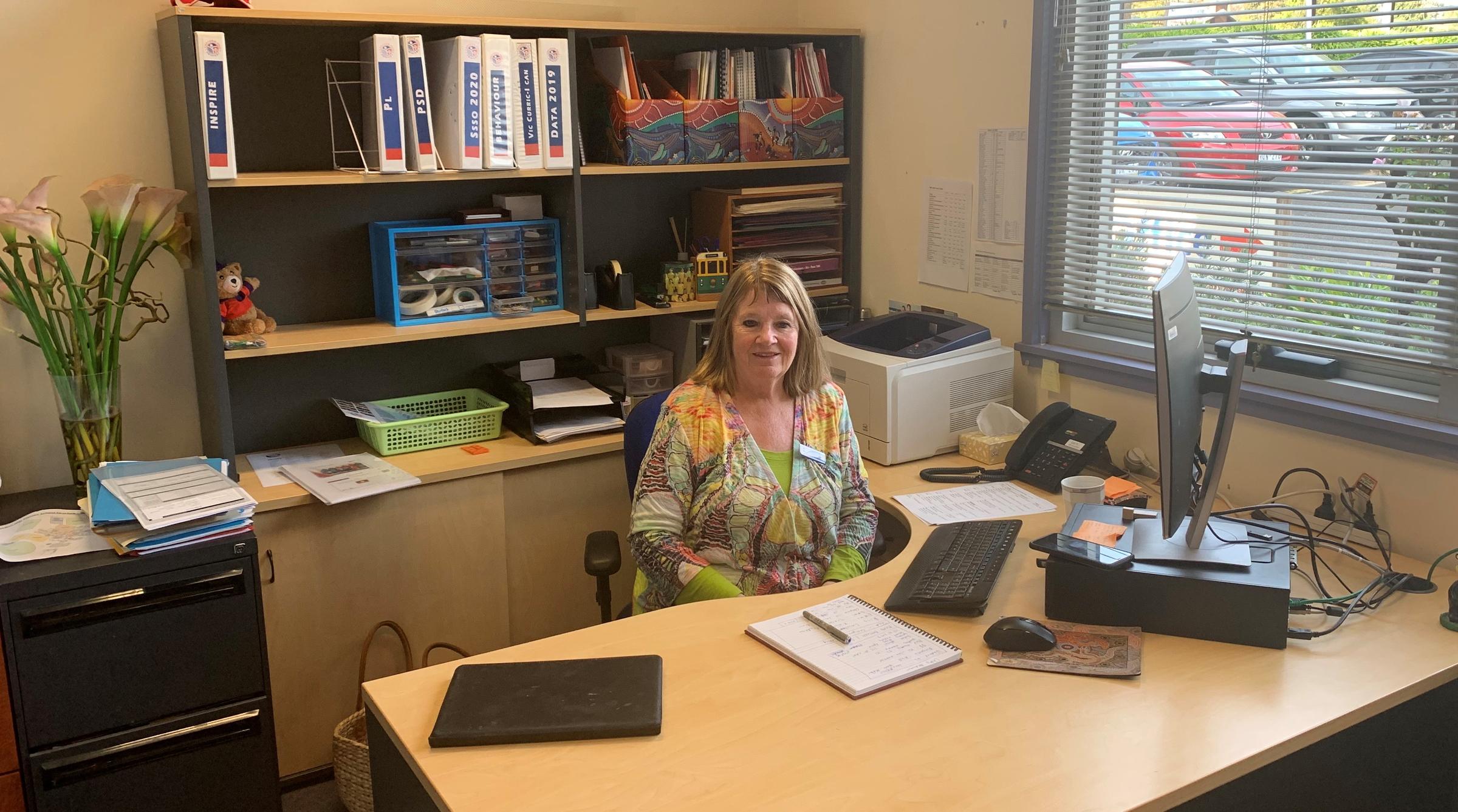Assistant Principal's Page

Students Onsite -Vulnerable Category
If we are still in Remote Learning after the holidays then ALL parents hoping to send their children to school under the “Vulnerable Category” need to contact me to discuss their children’s attendance. The Department of Education have stricter guidelines as to which children can attend school and new agreements need to be negotiated.
I hope all you are all coping in these tough times. Below is an article from an Australian Parenting Website called Raising Children. I strongly recommend that you look at this website as it has some excellent advice and support for parents.
https://www.parentingrc.org.au/programs/raising-children-network/
COVID-19, lockdown and home quarantine: children’s feelings
Children might not fully understand COVID-19, lockdown and home quarantine, but they’ll probably have many and mixed feelings about the experience.
For example, children might feel:
- confused about why everyone is at home
- sad or frustrated that they can’t see their friends, carers, teachers and extended family
- frustrated or annoyed that they can’t do their usual activities
- worried that someone they love will get sick
- upset by the stress or distress that you might be feeling
- overwhelmed by constant coverage of COVID-19 in the media.
Children will cope better if they have accurate, age-appropriate information about COVID-19 and lockdown. They also need plenty of opportunities to ask questions and talk about feelings.
The steps below can help you talk through this situation with your preschooler or school-age child.
By staying at home in lockdown during the COVID-19 pandemic, you’re helping to reduce your family’s risk of getting COVID-19. You’re also helping to slow the spread of COVID-19 and protect your friends and your community.
1. Make time to talk about COVID-19, lockdown and home quarantine
Find the right time to talk with your child. This might be around the dinner table, at bath time, or at bedtime. When your child is ready to talk, try to give your child your full attention.
If you’re working from home, you might find that your child wants or needs to talk while you’re working. You won’t always be able to stop, and that’s OK. It’s fine to let your child know that you can’t listen right now. For example, ‘I’m talking to my workmates on Zoom – see? Can we talk after you’ve finished your puzzle?’ Just make sure to follow through later.
2. Use a calm and reassuring tone
If you use a calm, reassuring tone when you talk with your child about this situation, it can help your child feel safe and secure.
You might be feeling stressed or upset about the situation – that’s natural. If you can, try to take a few deep breaths before you talk. This can help you feel calmer.
3. Find out what your child knows about lockdown and home quarantine
It’s a good idea to start by asking your child what they know about the situation and whether they have any questions. For example:
- ‘We’re all staying home in lockdown now. What do you think lockdown means?’
- ‘There are a lot of people talking about vaccination. Do you know what that is?’
- ‘You won’t be going to school for a while, but some of your friends are still going. Do you understand why?’
- ‘We can’t go to swimming lessons at the moment. Do you know why?’
- ‘Millie can’t come out of her house at the moment. That’s because her family is in home quarantine. Do you understand what quarantine is?’
4. Explain lockdown and home quarantine in a way your child understands
This is about sticking to the facts, focusing on the positives, reassuring your child that this situation won’t last forever, and explaining what your family can do to help. For example:
- ‘COVID-19 is a virus that makes people sick, a bit like when you get a nasty cold. It gets in people’s spit, snot and breath. If you have it, it spreads easily when you sneeze, cough or breathe too close to other people.’
- ‘Lockdown means staying at home as much as we can. We can go out for a walk, but we have to stay a long way from other people.’
- ‘The good thing is that staying at home is a chance for us to spend more time together when we’re not doing our paid work or schoolwork. When we finish our work, we can go for a bike ride or a long walk together.’
- ‘We don’t know how long things will be like this. But it won’t be forever – we promise!’
- ‘If we stay at home, wash our hands and wear our masks when we go out, we can protect ourselves. We’ll also be helping to stop the virus from getting to other people.’
5. Tune into your child’s feelings about lockdown and home quarantine
Some children might be OK with staying at home all the time. But some might be frightened, worried or upset.
Ask your child how they’re feeling and listen to what your child says. Let your child know that their feelings are OK. You can also ask your child what they need to feel better. It might reassure your child if you share your own feelings and let your child know what you’re doing to cope.
For example:
- ‘I know you don’t like doing worksheets without your teacher. But it feels good to finish things. What if you finish your numbers sheet, and then we do a silly dance together?’
- ‘I know you’re disappointed because you can’t go to basketball right now. It’s OK to be disappointed, but we might both feel better if we do some exercise. How about we go outside and practice dribbling together?’
- ‘I know you’re sad that you can’t visit Granny at the moment. I am too. I feel happy when I see her face, so why don’t we video chat with her?’
- ‘It can be frustrating having everyone in the house together all the time. It’s natural to feel a bit cross. It’s important to use calm words to say how we feel, rather than shouting.’
We don’t know how long the COVID-19 pandemic and lockdown will last, so you might need to check in occasionally with your child while the situation goes on.
And remember – plenty of cuddles can help you all feel better.
It’s important to monitor how much media coverage about COVID-19 you and your child are seeing. It’s not helpful for anyone to hear distressing news over and over again. If you have the facts you need, it’s often best to switch off or switch to something else.
Carol Wyatt - Assistant Principal
